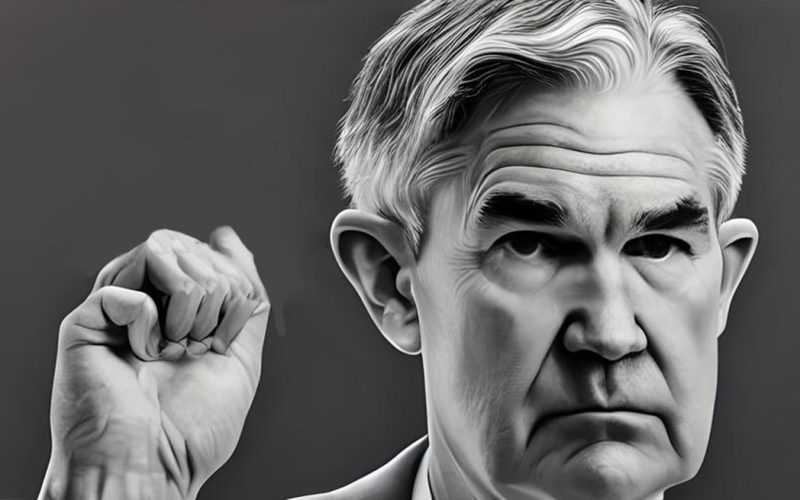by Hubert Marleau, Market Economist, Palos Management
November 26, 2022
As you know, I’ve been of the view for several months that peak inflation is behind us and the trend has turned. I’ve rested my case on the potential deflationary effect of the speedy rise in the level of interest rates and the rapid decline of the money supply. There is, however, more to this story. The experience of the past 40 years does not evaporate in a few months. It demonstrates clearly that nominal GDP growth of 4% is what is sustainable - that is 2% for growth and 2% for inflation. Basically, the upticks that crossed N-GDP above 4% have mostly taken the form of higher inflation, except in the late 1990s when productivity surged.
Thus it is evident that the fiscal and monetary stimulus measures introduced during the pandemic have pushed the N-GDP much higher than it would have been in its absence. The exact extent of the overshoot is unknown. But according to Pantheon Macroeconomics, it is currently around 6% of N-GDP or $1.3 trillion, if one is willing to assume that there has been no permanent loss of capacity. Interestingly, that is about the amount of excess savings that the household sector still has left from the $2.3 trillion it accumulated in 2020 and 2021 that resulted from large government handouts with fewer opportunities to spend them. The dynamics of these excess savings are key factors shaping the outlook for growth and inflation.
Over the last 12 months, Americans have been saving less and less of their personal disposable income. In September, the personal savings rate was only 3.1%. Should this personal saving rate stick around 3.0% over the next 9 months, all of the remaining excess savings, which still hover around $1.2 trillion, will be exhausted. It is also possible that households may, as a precaution, pull back their consumption and hold on to their savings. While this would have a faster effect on reducing inflation and growth, in either eventuality the U.S. economy will likely be back on track or close to the habitual “two-plus-two configuration” sometime in 2023.
Given that I'm on vacation, I shall keep a watchful eye on economic prints to figure out whether they support my aconjecture. They are as follows:
The Shanghai Containerised Freight Index fell 10% in a single day last Friday. It's now down 75% from the January high and very rapidly approaching its long term average of 1000.
Canadian home prices dropped 1.5% m/m in October - their 4th consecutive decline - with a 3-month annualised fall of 16.0%, by far the steepest decline since records began in 1999. Prices were still up 6.6% y/y, but these were down from 18.8% in April.
U.S. money supply, meanwhile, fell by an annualised 4.7% over the last 3 months compared to-1.4% over the last 6 months, and up only 0.8% y/y, lower base money and bank credit accounting for the deceleration.
Dovish Comments by Fed Officials
Inflation worries were offset by new dovish comments from several Fed officials, suggesting that the FOMC is preparing the terrain for an eventual rate-hike pause out of satisfaction that inflation is falling fast and/or fear of sending the economy into an unnecessary recession.
Atlanta Fed President Raphael Bostic said: “I do not think we should continue raising rates until the inflation level has gotten down to 2%. Because of the lag dynamics, it would guarantee an overshoot, risking a deep recession.”
Cleveland Fed President Loreta Mester said: “The Fed can downshift to smaller interest rates hikes. Right now my forecast is that we’re going to see some real progress on inflation next year.”
San Francisco Fed President Mary Daly said: “The real world impact of the rate hikes is likely greater than what the short term rate target implies. Researchers have found the level of financial tightening in the economy is much higher than what the funds rate tells us.Given that markets have priced in a monetary policy setting that's well beyond what the Fed has imposed on the economy so far, it will be important to remain conscious of this gap between the federal funds rate and the tightening in financial markets. Ignoring this raises the chance of tightening too much. The policy is already restrictive.”
On Wednesday, the Fed minutes of the last FOMC meeting showed that the majority of the policy makers believed it to be correct to slow the pace of interest rate increases because it would allow them to judge the effect of their monetary policy actions on inflation and employment. In light of the emerging upward trend in the jobless claims as firms are increasingly under pressure to either stop hiring and laying off surplus labour, I expect the Fed to hike the policy rate by 50 bps in December, with no further hikes or only 25 bps at worst, with a further increase in early 2023. In a Bloomberg report, JP Morgan said: “The worst of the global bond sell off may soon be behind us due to an improvement of about $1 trillion in the net supply/demand balance.” By the end of the week the S&P 500 stood at 4026, up 1.5% or 61 points.
Copyright © Palos Management














